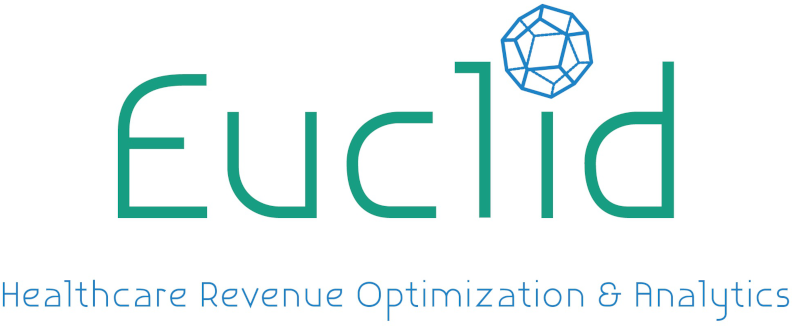Managing the billing, claims, and collections of a hospital can not only be tedious but also extremely overwhelming. From claim denials to patients not knowing what they owe, even the most efficient medical billing processes struggle with common challenges.
Euclid RCM is a cloud-based medical billing software that has the solutions to resolve the biggest barrier to having a truly optimized flow of revenue. Yet, when it comes to hospital revenue optimization, what are the benefits of utilizing an RCM software such as Euclid RCM?
What is RCM?
RCM or “Revenue Cycle Management” is the process by which billing services companies, healthcare providers, and hospitals collect payments from individuals or insurers for their services. The cycle tracks everything about every patient from registration to the final payment of a balance.
Ultimately, the revenue cycle is important to the financial health of any hospital or healthcare provider and includes a lot of moving parts such as charge captures, claim submissions, coding, patient collections, registrations, remittance processing, third-party follow-ups, utilization reviews, and more.
Factors That Can Affect RCM
As with any financial matter, there are also a number of external and internal factors that can affect a revenue cycle. One major example was the COVID-19 pandemic which TechTarget describes as the “greatest change to medical billing in about three decades”.
COVID-19 brought frequent off-cycle changes to major medical coding sets and revealed that any revenue cycle must be ready to adapt to a number of external factors. So, while hospitals can have some control over internal factors such as provider productivity or patient fees, there is no telling when a major change like COVID-19 can force a revenue cycle to evolve.
Furthermore, due to the nature of medicine and healthcare, government restrictions rarely remain the same, which can transform the way an RCM functions. One of the most complex and wide-ranging areas of government regulation related to RCM is how it affects patient collections, specifically regarding the ways in which medical debt can be collected.
RCM Software: Automation and Growth
While there are many types of RCM software, each center around the same idea: automation and the acceleration of revenue growth. As patients move through a revenue cycle, RCM Software reduces the amount of time between providing a service and receiving payment through interaction with other medical billing systems.
Also, by automating healthcare duties such as reminding patients of an appointment or reaching out to insurers with specific questions, highly-rated RCM software can change revenue cycle management to a proactive and predictable revenue cycle.
RCM software can also save hospitals money by giving insight into denied claims. This occurs through dedicated claim testing and by prompting healthcare employees to enter all the information required for claims processing. This not only saves time or stops claim denials from happening, but allows providers to see exactly why a claim denial occurred.
The Difference With Euclid RCM
Are you struggling to optimize the efficiency of your revenue cycle? Can’t find a software solution that has the features you need without the enterprise-level cost? Euclid RCM is the choice for billing services companies, healthcare providers, and hospitals.
For more information on how Euclid RCM could transform your hospital’s revenue cycle, schedule a free demo today!
Get Started
Request a Demo
Euclid Has the Solution to Your Revenue Cycle Challenges
Breaking down the challenges you face to make operating your bill pay easier


